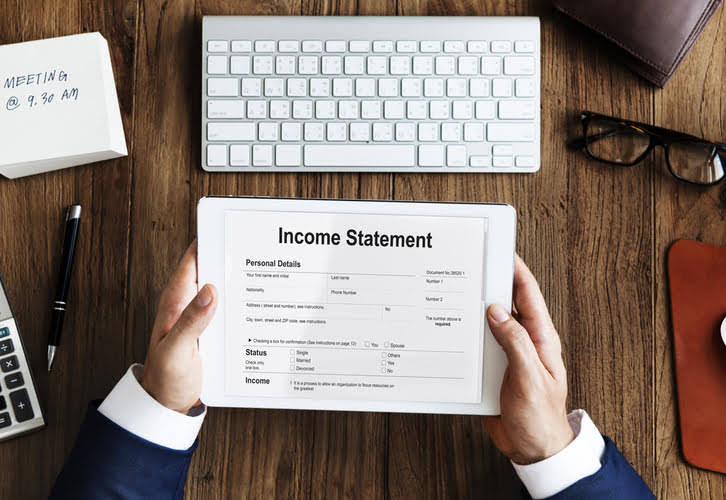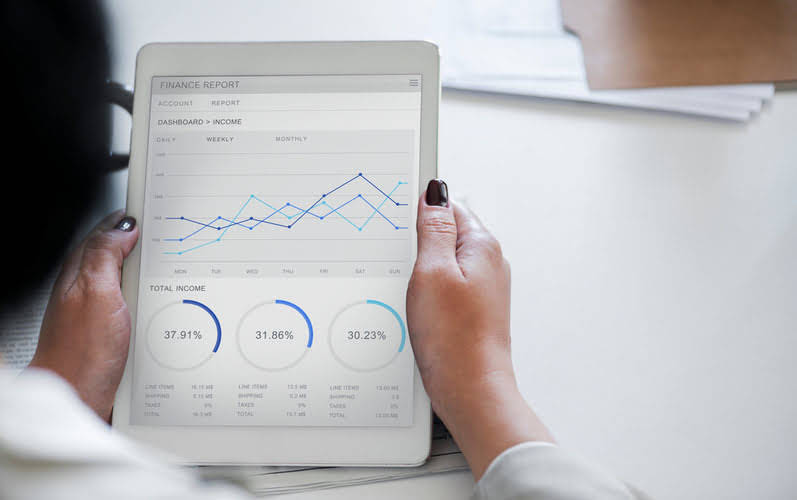If you work for yourself, you need to pay the self-employment tax, which is equal to both the employee and employer portions of the FICA taxes (15.3% total). Luckily, when you file your taxes, there is a deduction that allows you to deduct the half of the FICA taxes that your employer would typically pay. The result is that the FICA taxes you pay are still only 6.2% for Social Security and 1.45% for Medicare. Fill me in if you need a hand with getting an email reminder every time your new paycheck is available. Please know I’m always available here to help you succeed with viewing your paystubs online.
Let me share the articles that will help you out with this concern. You can let your employees sign up to view my paycheck. To view your paycheck through the Intuit Workforce platform, you will first need to log in to your account.
View W-2s in ViewMyPaycheck
Some employers might require employees to submit a formal request to get copies of pay stubs, while others maintain employee pay information in an online database. In addition to income tax withholding, the other main federal component of your paycheck withholding is for FICA taxes. FICA stands for the Federal Insurance Contributions Act. Your FICA taxes are your contribution to the Social Security and Medicare programs that you’ll have access to when you’re a senior. Intuit Workforce is a cloud-based payroll management tool designed by Intuit, the makers of TurboTax and QuickBooks.
I’m here to help you today so you’ll be able to activate your account for ViewMyPaycheck and view last 2 paychecks. If you’ve already uploaded W-2s, and it’s between late December through January, it can take hours for employees to see them in ViewMyPaycheck. This is due to a high volume of customer uploads at this time of year. You can always get back to me if you have any other paychecks concerns in QuickBooks.
That would mean that instead of getting a tax refund, you would owe money. I can help you with resolving the error you’re having to print your check stubs successfully, @mzcurtis89. Once open, access your Workforce account and retrieve your check stubs. If you’re able to achieve this, then we’ll need to go back to your regular web browser and delete its cache.
Also, here are some workarounds recommended by our engineers. First, ensure there are no special characters in the employee’s name. You can also try re-sending the invitation to a different email address. No, prior year W-2s will not be available in ViewMyPaycheck.
On the other hand, if you’re an employee and your employer have already sent the invite, ensure to accept the invite. You can now then create an account and sign in to your view your paychecks and w QuickBooks Workforce. Once completed, you can now view,download, or print paychecks.
- In cases where you’re unable to log in due to forgotten passwords or locked accounts, follow the recovery prompts provided on the site.
- One way to manage your tax bill is by adjusting your withholdings.
- Each of your paychecks may be smaller, but you’re more likely to get a tax refund and less likely to have tax liability when you fill out your tax return.
- If you’re a new user, you must create an account using the email address provided by your employer during onboarding.
If the employer is new to this setup, they need to upload past pay stubs so you can see them online. You’ll want to reach out to your employer or previous employer so they can assist you with it. In case you want to learn more about managing your employees in QBO, visit our Employees and payroll taxes page for reference. Employers will need to set up for QuickBooks Workforce for the paycheck information to automatically upload to Intuit’s servers.
Motel One Amsterdam
To isolate this, let’s try logging into your QuickBooks account using a private browser. You’ll want to sign up for QuickBooks Workforce first so you can view your paycheck online. I understand the need to access your paychecks online. Keep in touch with us here in the Community if you have other questions about viewing your pay stubs. Once you’ve signed in to QuickBooks Workforce, go to Paychecks.
Heart of Amsterdam Hostel
This system streamlines the way employees interact with their payroll data while ensuring security and convenience. If you live in a state or city with income taxes, those taxes will also affect your take-home pay. Just like with your federal income taxes, your employer will withhold part of each of your paychecks to cover state and local taxes. Some deductions from your paycheck are made post-tax. The money for these accounts comes out of your wages after income tax has already been applied. If you are early in your career or expect your income level to be higher in the future, this kind of account could save you on taxes in the long run.
Diamond Capsule Hotel Amsterdam South
To get your account back, all you have to do is click the I forgot my user ID or password link and follow the onscreen instructions. Stay connected to your team on the ADP Mobile Solutions app — rated 4.7 stars out of 5.0 with 2.7+ million reviews on the Apple App Store. Please contact your payroll or HR administrator for help. Don’t hesitate to message here again if you need more help.
- So check with your employer to see if you can use ViewMyPaycheck to see your paychecks online.
- If you work for yourself, you need to pay the self-employment tax, which is equal to both the employee and employer portions of the FICA taxes (15.3% total).
- If you increase your contributions, your paychecks will get smaller.
- Keep in touch with us here in the Community if you have other questions about viewing your pay stubs.
Let me share two scenarios and help you activate ViewMyPaycheck (or now called QuickBooks Workforce). It’ll be our pleasure to help you with your other concerns. I went to the link that you gave me but there is no sign up button. Stay in touch with me if you have other questions or concerns.
W Amsterdam
You can reach out to me by posting your response below. If you choose to use TurboTax to prepare your personal tax return, you can import your W-2 info so you don’t need to enter it by hand. Click here to chat with our online payroll agents instead. This isn’t the kind of experience we want you and your employees to have with QuickBooks Workforce, che9. I’ll provide details about the error and then encourage you to contact the next available support to look into this matter. Before that, did you encounter any error messages or prompts?
Paycheck stubs and how to find them
The Workforce error “We weren’t able to show your payroll info”, is currently tagged as an ongoing issue for QuickBooks Desktop and QuickBooks Online. Our engineers are working internally with the fixes so we can’t provide the exact turnaround time on when this will be resolved. W-2s that are printed from ViewMyPaycheck or printed from TurboTax Online are not considered official copies. Employers must send employees a paper copy of the official W-2. Also, to view your W-2 online, you must sign in with a unique user ID and password and provide some additional info to verify who you are.
Park Inn by Radisson Amsterdam City West
If you’re able to log in and there no pay stubs showing, you may need to ask your employer if they uploaded the paychecks into QuickBooks Workforce. QuickBooks Workforce makes it easy and secure for you to view and manage your paychecks, W-2’s, and other employee info. If your employer just sent you an email invite to the Workforce, you can now accept the workforce invite.










